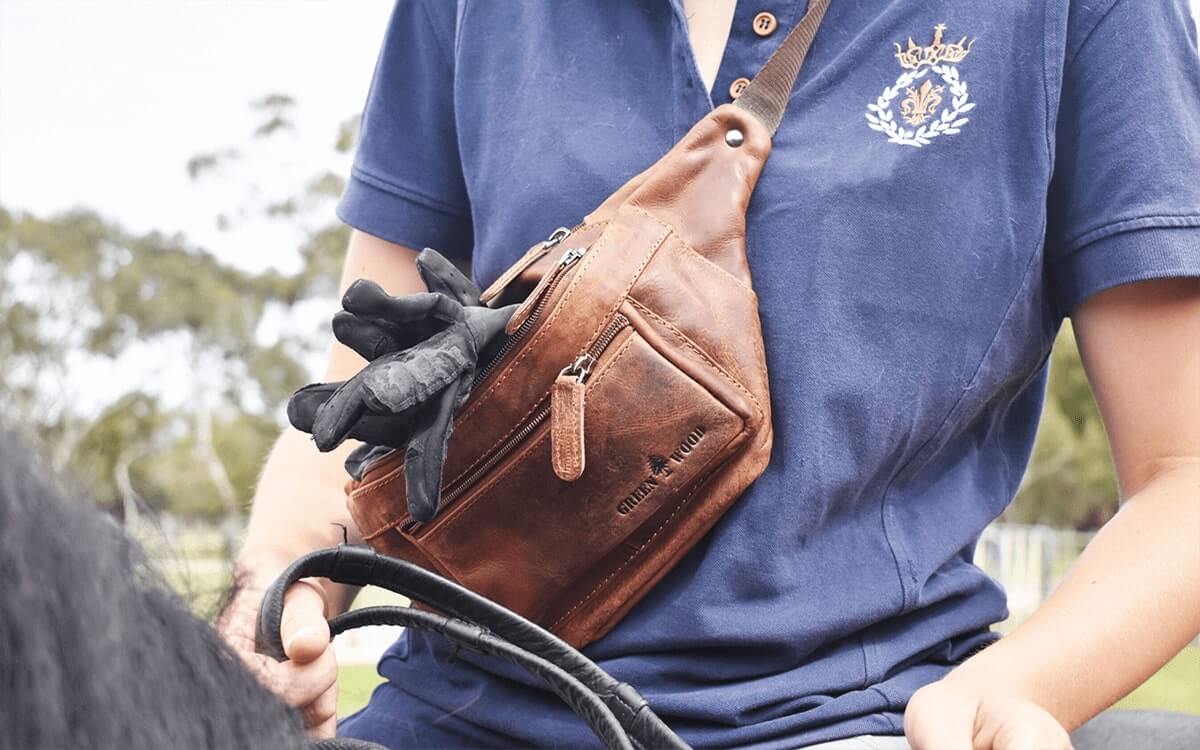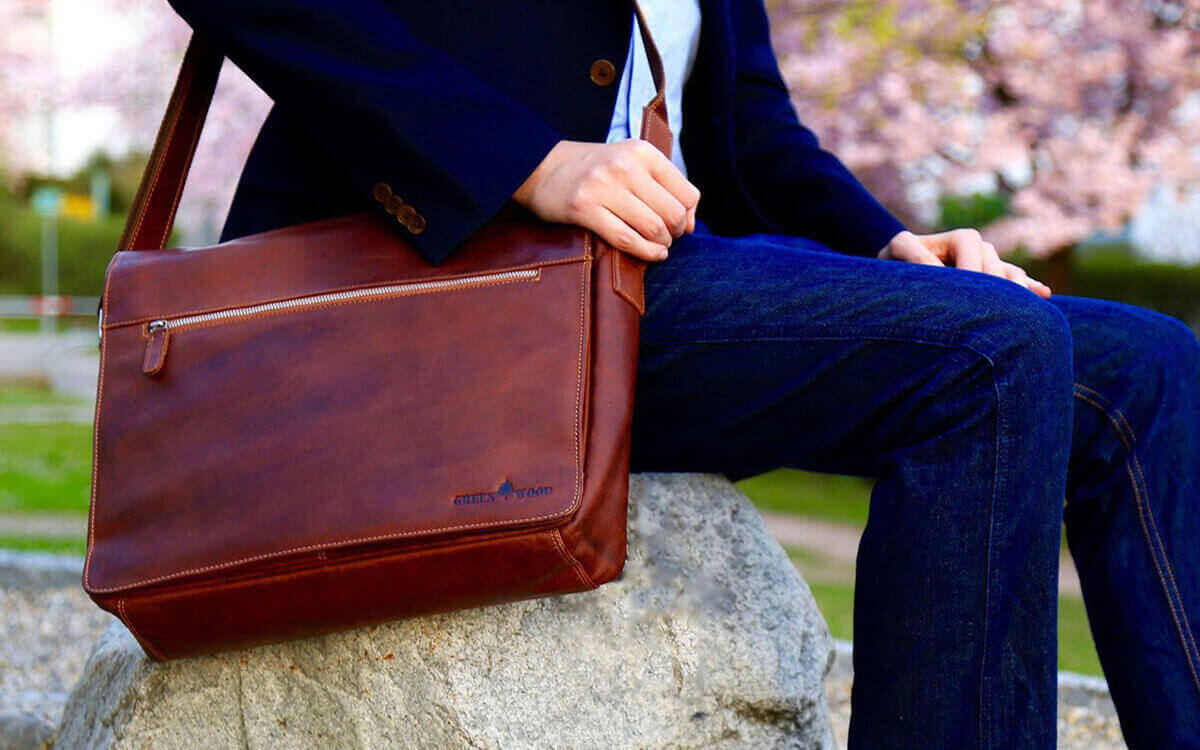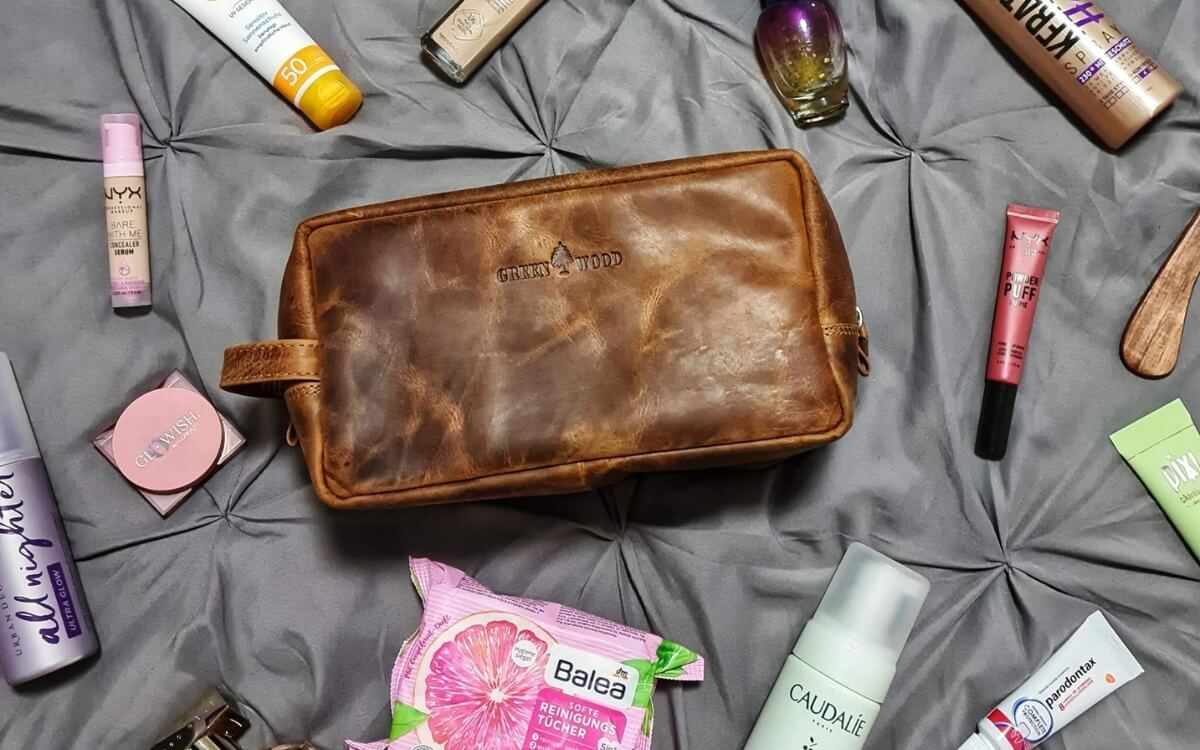Leather is often considered a staple in both men's and women's fashion. However, it is not always easy to distinguish real leather from or imitation leather (PU leather). It can be frustrating to purchase a product that looks like a real leather product only to later discover that it is actually man made leather. Authentic leather is much more expensive than faux leather, so it's important to know the difference between the two. With the detailed guidelines below, buyers can easily distinguish between genuine and faux leather by following a few simple tips. Learning the difference between genuine leather and faux leather ensures an efficient and enjoyable shopping experience.
Genuine Leather
Real leather is primarily made from the skins of animals such as cattle, goats, sheep and camels. There are many types of leather, but they can generally be classified into three types: aniline, semi-aniline, and pigmented. When choosing which leather to buy, the look you want and the frequency of use of the leather should be considered.
Aniline Leather
Aniline leather is high quality, upper leather with no protective treatment applied. It's the more natural looking leather. Aniline finishes reveal the natural leather markings. The leather is prone to surface scratches and picks up stains easily. It also tends to fade when left in the sun for a long time.
Semi-aniline Leather
Semi-aniline leather is pure aniline leather with a light surface coating of pigment or clear varnish. This increases the durability of the leather and protects it from stains and spills while maintaining its natural appearance. The surface coating also ensures an even color consistency throughout the leather.
Pigmented Leather
Pigmented leather is upper leather that has been coated with a clear topcoat or pigment. Pigments give the leather a shiny, even color that makes the leather look less natural. Leather is pigmented to provide durability and hide natural imperfections. It is easy to care for and offers maximum resistance to stains, wear and fading. Pigmented leather is typically found in furniture and car upholstery.
Faux Leather
Faux leather consists of a fabric backing that is chemically treated with wax, dye or polyurethane (PU) to add color and texture. Ultimately, it's man-made and intended to offer the look and feel of real leather at a significantly lower price point. The most common type of faux leather is PU leather. It is a synthetic material that looks like leather. Please note that plastic is not recyclable. It is lighter and less restrictive than real leather and can be dyed any color. Faux leather comes in many forms, and some are better quality than others. Other types of faux leather include imitation leather and vegan leather.
Identifying Artificial Leather
The main differences between real and faux leather are quality and durability. It can be difficult to tell the difference between faux and real leather as they can look very similar. There are several techniques used to identify faux leather.
Look at the Labels
It might sound obvious, but looking at the product's label is an easy way to identify the type of leather. Genuine leather products will proudly state this on the label. If the label says "plastic material" or "PU material" etc., it is not real leather.
Check Edges
Look at the edges of the leather finishes. Faux leather products have a perfect-looking edge that feels foamy or plastic. Genuine leather, on the other hand, has a rough-looking edge.
Examine Pores
When buying leather, you should carefully examine the pores of the fabric. Faux leather has pores in a regular pattern, while real leather has irregularly placed pores.
Touch the Leather
Depending on the quality, real leather can feel rough, smooth or anywhere in between. Leather is also flexible and soft. If the item in question is very smooth or feels similar to plastic, it's probably faux leather. Faux leather also tends to stretch more than real leather. To become familiar with the feel of real and faux leather, go to a reputable leather shop and feel real leather to compare it to faux leather.
Smell the Leather Product
Sniff the item for the characteristic leather smell. The smell of real leather cannot be replicated by synthetic materials. It can be helpful to go to a department store and smell real and faux leather items to familiarize yourself with the smell.
Comparison of Genuine and Artificial Leather
Genuine and faux leather have many different properties. Each type has advantages and disadvantages. Consider several factors when shopping for leather.
Advantages of Genuine Leather
Genuine leather is a natural product. Nothing can replace the smell and feel of real leather. Genuine leather exudes luxury and prestige. Because no two animal skins are exactly alike, each piece of genuine leather has unique natural properties. The leather will soften and become more attractive over time, making it more comfortable. Leather also has a soft but strong texture that makes it durable. Many genuine leather products are also treated to prevent stains. Leather is easy to care for when properly maintained; it just needs to be wiped regularly with a clean damp cloth.
Disadvantages of Genuine Leather
Genuine leather is much more expensive than its counterpart. If leather is exposed to constant sunlight, the color can fade. Leather is very porous and absorbent, so drops of liquid will quickly seep into the item if not wiped off immediately. If the leather is not protected, this can result in a stain.
Benefits of Artificial Leather
Faux leather has a similar look and feel to real leather but is significantly more affordable. Some people prefer faux leather simply because no animals are harmed in the making of the material. Faux leather is machine made, which ensures the fabric has an even, consistent color. It can also be dyed into many different colors and is usually resistant to fading.
Disadvantages of Artificial Leather
Faux leather is not recyclable. Faux leather lasts about a third of the life of real leather. It tears and splits much more easily than real leather and becomes more uncomfortable over time. It does not develop a shine like real leather. Faux leather is very thin and doesn't offer the warmth of real leather. It also smells like plastic or rubber.
Find Genuine Leather Goods on the Official Greenwood Website
Various genuine leather products are listed on the Greenwood website. Whether you are looking for leather clothing, handbags, briefcases, satchels, travel bags, duffel bags, backpacks, shoulder bags, wallets and belts - you will find it all at Greenwood. Once you have decided on the right leather product, browse the item listings on our online site. The shop categories are designed so that you can easily navigate to the styles you are interested in.
Buy Leather Products with Confidence directly from the Manufacturer
Leather can be an expensive investment. However, when you buy from Greenwood you can be assured that you are buying directly from the craftsman. This removes the middlemen, significantly reduces waste and eliminates the cost of storing large quantities of leather. It all adds up to huge savings that we pass on to you, our customer.
Conclusion
There are many advantages of genuine leather and imitation leather. While genuine or authentic leather adds an air of luxury and prestige, faux leather can be a more cost-effective alternative. If you are looking for authentic genuine leather, buy with confidence at Greenwood online store. This ensures that the leather is worth the price you pay.







